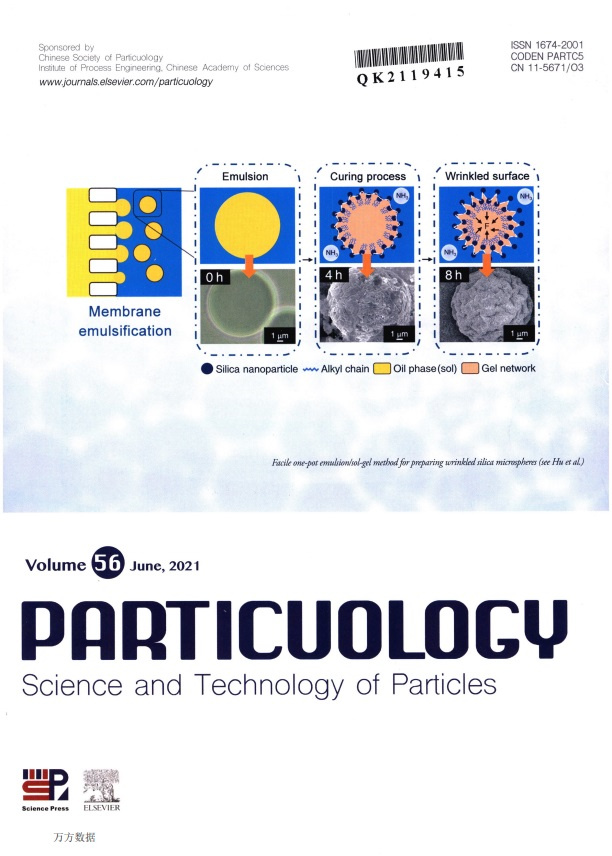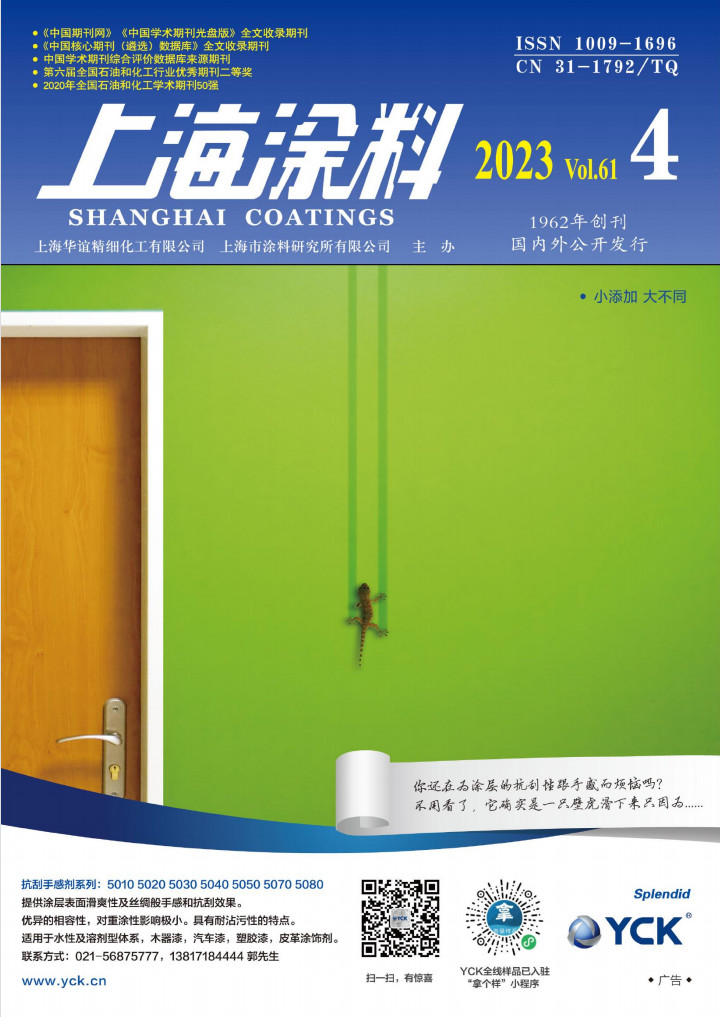Particuology雜志是國家新聞出版署第一批、第二批學術期刊嗎?
來源:投稿網 2025-02-05 8:30:15
第一批、第二批學術期刊相關問題
問:第一批和第二批一共有多少本期刊?
國家新聞出版署認定的第一批學術期刊共5737本、第二批共693本。
問:第一批學術期刊和第二批學術期刊哪個好?
沒有誰比較好的差別,就只是申報評定的時間的前后一樣,第二批學術期刊的評定時間要晚一些。
問:第一批和第二批學術期刊是核心還是普刊?
有普刊也有核心,也有根本不對外征稿甚至連任何一個數據庫都不上的期刊。
問:第一批和第二批學術期刊目錄在哪里看?
本站提供第一批和第二批學術期刊目錄下載查詢: 國家新聞出版總署第一批學術期刊目錄 國家新聞出版總署第二批學術期刊目錄
Particuology投稿要求
Particuology雜志投稿須知:IntroductionThis journal purports to present the best papers in research, engineering and application in the overall field of particuology, including particle characterization, particle preparation, aerosol, fluidization and ultra-fine particles, and ranging from the molecular level to the systems level. The Editors particularly welcome contributions on newly emerging topics that fall within the broad scope of particuology.AbstractA concise and factual abstract is required. The abstract should state briefly the purpose of the research, the principal results and major conclusions. An abstract is often presented separately from the article, so it must be able to stand alone. For this reason, References should be avoided, but if essential, then cite the author(s) and year(s). Also, non-standard or uncommon abbreviations should be avoided, but if essential they must be defined at their first mention in the abstract itself. It should not normally exceed 200 words.KeywordsImmediately after the abstract, provide a maximum of 6 keywords, using American spelling and avoiding general and plural terms and multiple concepts (avoid, for example, 'and', 'of'). Be sparing with abbreviations: only abbreviations firmly established in the field may be eligible. These keywords will be used for indexing purposes.







